Proven Customer Acquisition Channels You Should Be Using
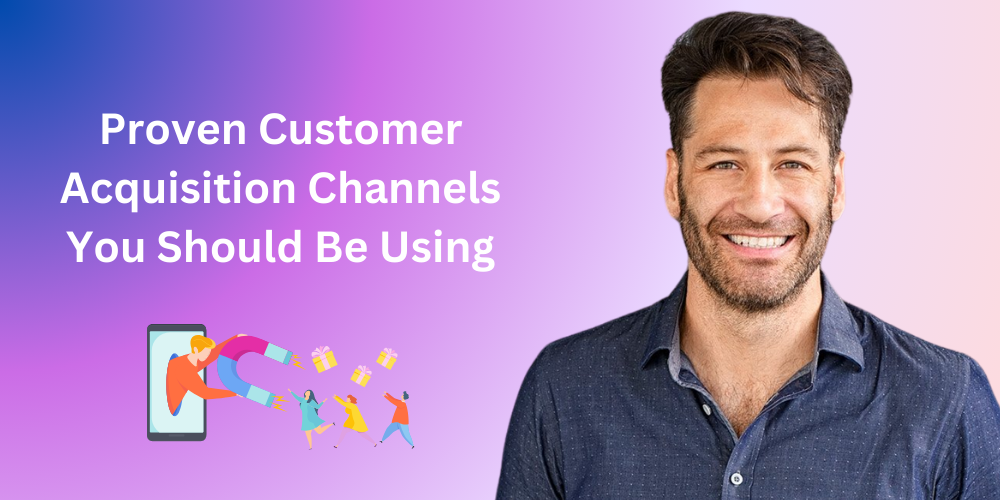
You know what’s worse than a bad product? A great product no one knows about. That’s why understanding customer acquisition channels matters. Forget the marketing buzzwords and jargon—I’ll keep it simple (and fun) so you don’t fall asleep halfway through.
What Is Acquisition Marketing?
Think of acquisition marketing as the cool friend who introduces you to people who might like your stuff. These are potential customers who haven’t committed yet but are definitely interested. They’re in that sweet spot of “thinking about it,” and your job is to gently nudge them into saying, "Yep, I'll buy that."
What Is Customer Acquisition?
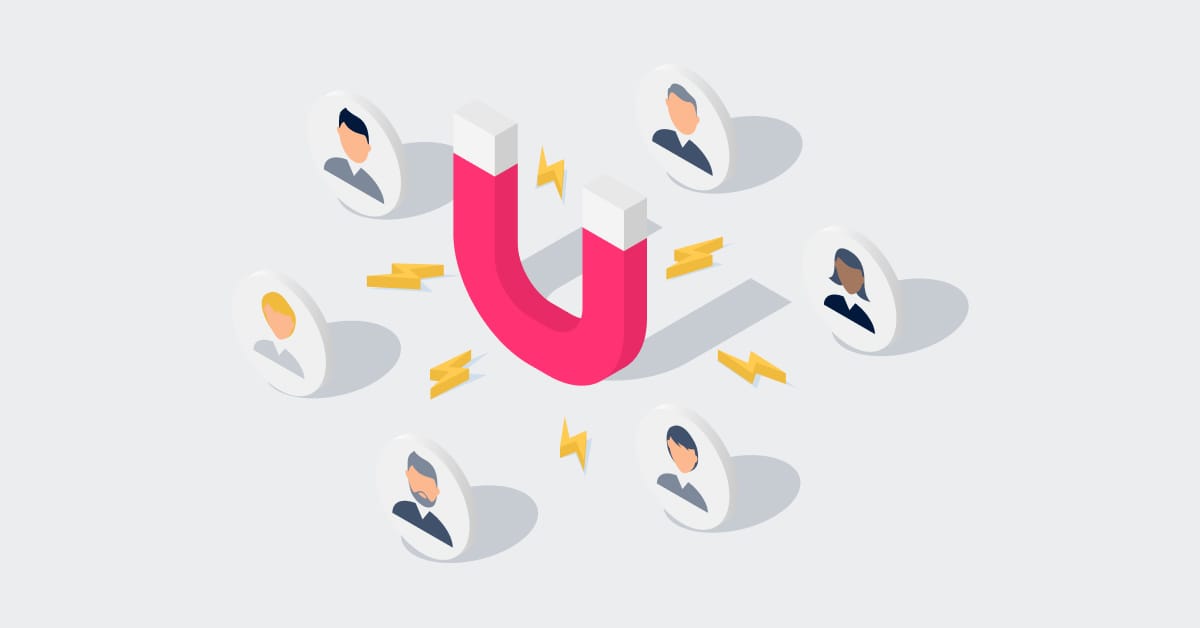
Customer acquisition is the part where you actually get their card details (legally, of course). It's turning curious visitors into paying customers. Whether it's through irresistible offers, cheeky discounts, or just a darn good product—this is the endgame.
Acquisition Channels: How You Reach the People
Think of acquisition channels as highways that lead straight to your customers. Some routes are fast (paid ads), others scenic and slower (content marketing). A smart strategy uses a mix, but only the routes your audience actually uses. (No point driving down a deserted road, right?)
Online Acquisition Channels That Actually Work
Not all marketing tactics are created equal. Some channels burn money faster than a toddler with a credit card. Others? They quietly bring in leads day after day while you sleep, sip coffee, or binge-watch Succession for the third time.
Here’s a breakdown of online acquisition channels that actually work—and how to use them without wasting time or money.
1. SEO (Organic Search)
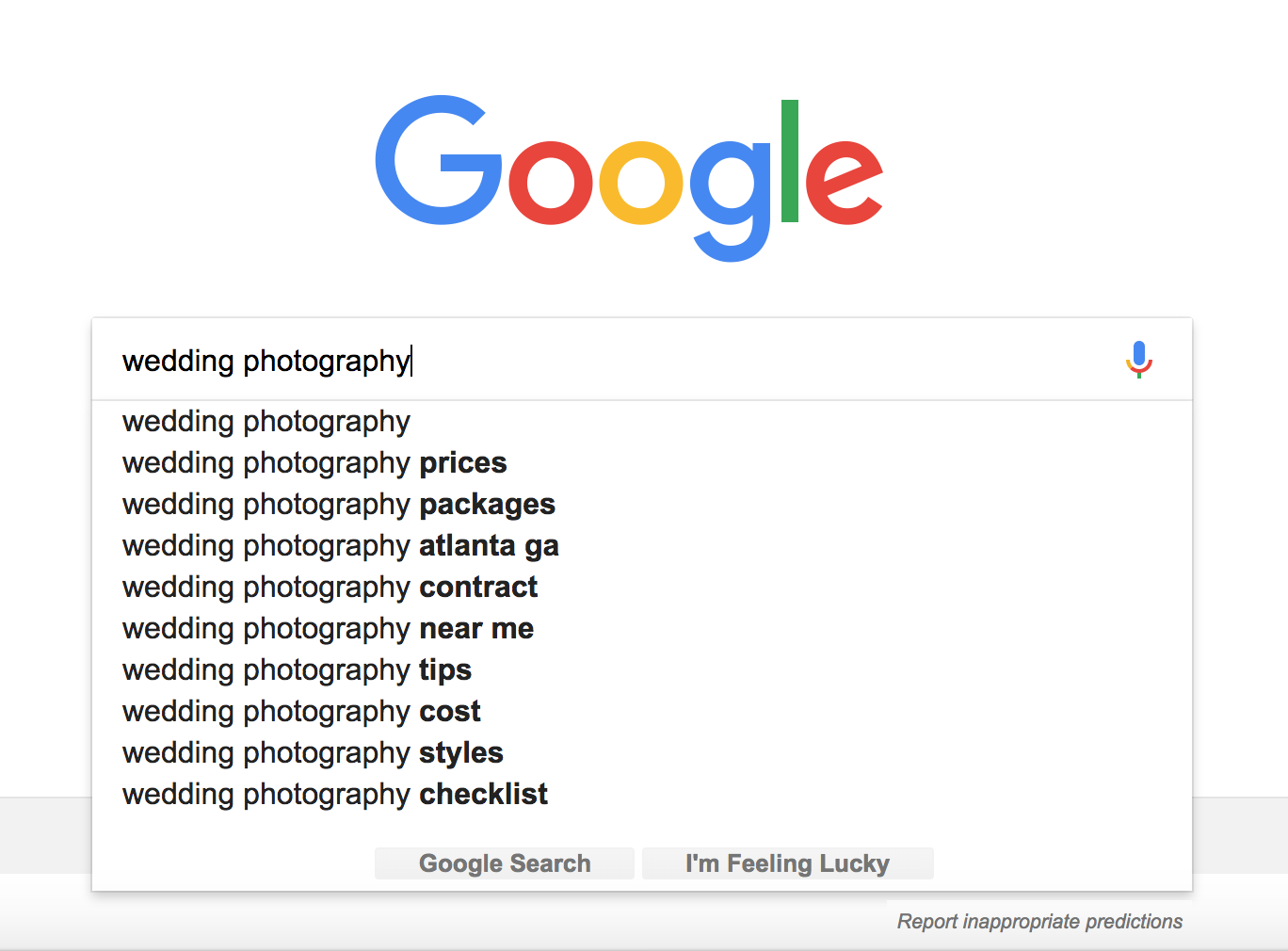
Imagine your future customers typing something into Google like “best CRM for freelancers”—and there you are, front and center.
Strong SEO means more visibility, consistent traffic, and no ad budget needed (after some upfront effort). In fact, websites with solid SEO account for 53% of all online traffic. That’s more than half of the internet traffic just… showing up.
Pro tip: Optimize for long-tail keywords, write genuinely helpful content, and make sure your site doesn’t load slower than a potato on dial-up.
2. Paid Search Ads
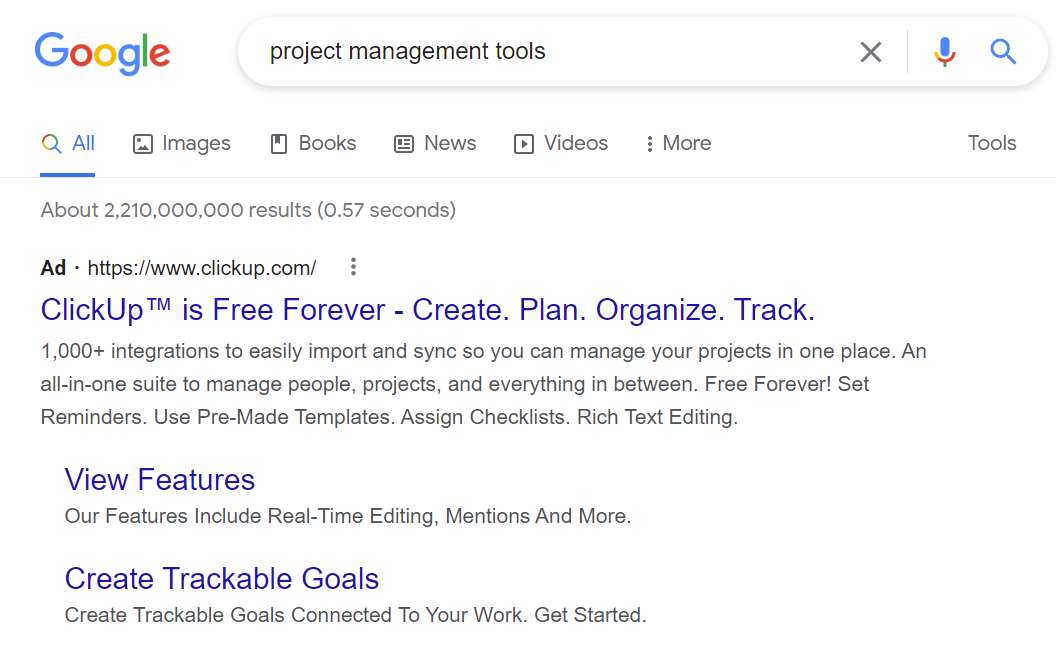
Need results fast? Google Ads (or Bing, if you're feeling edgy) can get you on page one tomorrow.
Around 65% of small businesses are already using pay-per-click (PPC). Why? Because it works—when done right. But here’s the catch: if your landing page is a hot mess, you’ll burn through cash faster than a Vegas slot machine.
Pro tip: Keep your ad copy relevant, your page speed snappy, and your call-to-action clear as day.
3. Social Media (Organic & Paid)
Organic posts build community, trust, and vibes. Think memes, helpful tips, and behind-the-scenes content. Then there's paid—boosting your best stuff to the right eyeballs.
68% of marketers say they're upping their TikTok ad spend in 2025. Translation: TikTok isn’t just for dances anymore—it’s a full-on ad platform.
Pro tip: Go where your audience actually hangs out. Don't force it. If your audience is on LinkedIn, TikTok might not be your battlefield.
4. Forums & Q&A Sites
Reddit, Quora, niche forums—they're where people actually ask questions. Slide into the convo with real value (not sales pitches) and you can build street cred fast.
Pro tip: Focus on helping, not selling. And for the love of karma, don't be spammy or Reddit will eat you alive.
5. Email Marketing
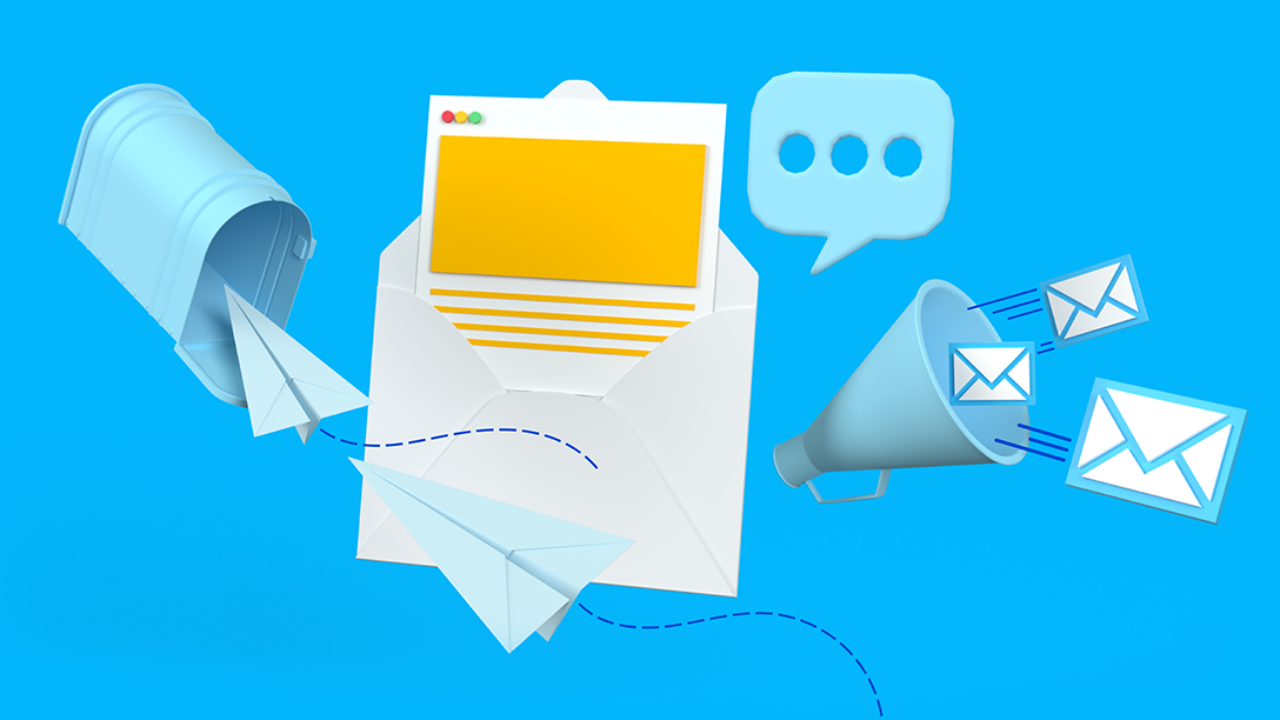
Email is still the ROI champ. For every $1 spent, you can get $40 back. That’s better than most stock picks.
Nurture leads, announce promos, and share content that doesn’t make people instantly click “unsubscribe.”
Pro tip: Segment your list. The more personalized your emails, the better they perform.
6. Influencer Marketing
Influencers are the new word-of-mouth. But bigger isn’t always better.
Micro-influencers (10k–100k followers) have 7x higher engagement than mega ones. That means more interaction, more trust, and often—more conversions.
Pro tip: Match with influencers who actually align with your niche. Relevance > reach.
7. Referral & Loyalty Programs
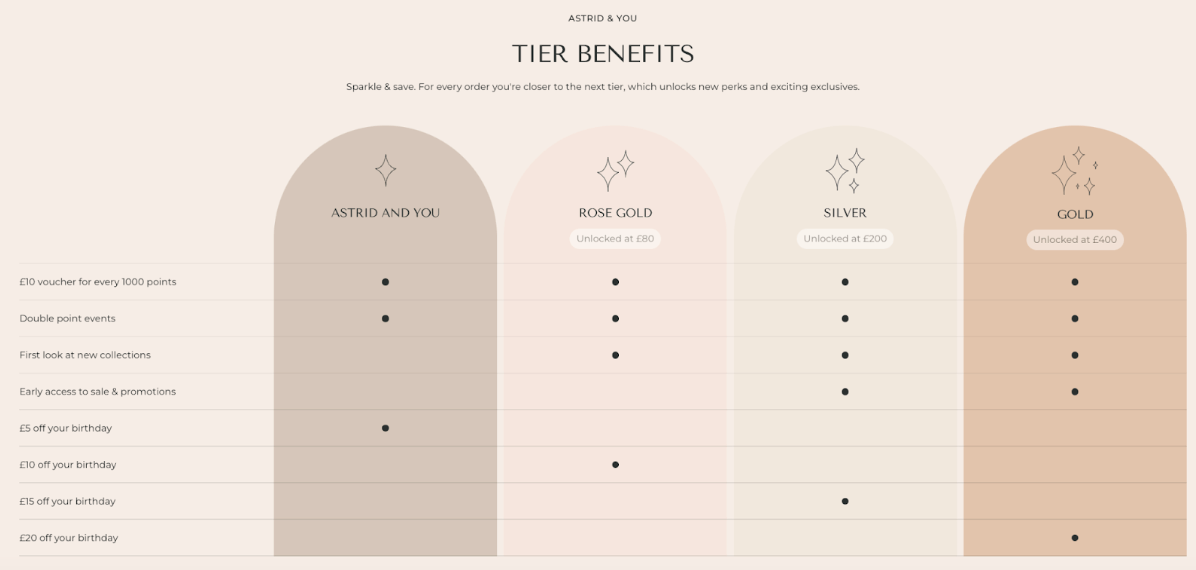
Happy customers love talking. Give them a reason. Dropbox’s referral program helped them grow 3900%. Yes, seriously.
Pro tip: Make it easy to share, and give real rewards—not just 5% off your next purchase of socks.
8. Affiliate Marketing

You only pay when you get results. That’s the beauty of affiliate marketing. It’s performance-based, scalable, and perfect for growing without hiring a sales army.
Amazon, Shopify, and tons of SaaS companies swear by it.
Pro tip: Treat your affiliates like partners, not ATMs. Give them tools and track their success.
9. Digital Events (Webinars)
Webinars got a glow-up. Attendance has jumped 87% since 2020, and people still love tuning in—if the content’s good.
They’re great for thought leadership, lead gen, and sales demos. Just don’t drone through 72 slides, please.
Pro tip: Keep it interactive. Polls, Q&As, live chat—make it feel like a convo, not a lecture.
10. Content Marketing
Blogs, videos, podcasts, infographics—this stuff doesn’t just “build brand.” It pulls in leads.
60% of marketers say content generates leads better than any other channel. And once it’s published? It keeps working for you 24/7.
Pro tip: Be helpful, not salesy. Educate first, sell later.
Offline Acquisition Channels Worth a Mention
Sure, the digital world gets all the glory—but don’t sleep on offline tactics. Just because something isn’t trackable with Google Analytics doesn’t mean it’s not working. These old-school channels still convert, especially when paired with a strong online presence.
Here are some offline acquisition channels that deserve their flowers:
1. Trade Shows & Exhibitions
There’s nothing quite like shaking hands, making eye contact, and saying, “Let me show you how this works.” Trade shows are a prime place to show off your product, generate leads, and size up the competition—all in one overpriced convention hall.
Pro tip: Have something eye-catching at your booth and a follow-up system ready to go.
2. Networking Events
The business card might be old-school, but networking is forever. Whether it’s a local mixer or an industry-specific gathering, face-to-face interactions build trust faster than any landing page.
Bonus: There's usually free wine and cheese. Use that to your advantage.
3. Billboards & Outdoor Ads
Still a great move for local exposure or major brand flexing. Whether it’s a clever message on a highway billboard or a wrapped bus cruising downtown, outdoor ads grab attention—especially if your creative is top-notch.
Pro tip: Keep it bold, simple, and readable in 3 seconds or less.
4. Cold Calling

Yes, people still do this—and when done well, it works. Personalized pitches, not robotic scripts, are the key. And let’s be honest: sometimes a real conversation is exactly what moves the needle.
Pro tip: Research before you dial. Knowing something about the prospect makes a huge difference.
5. QR Codes
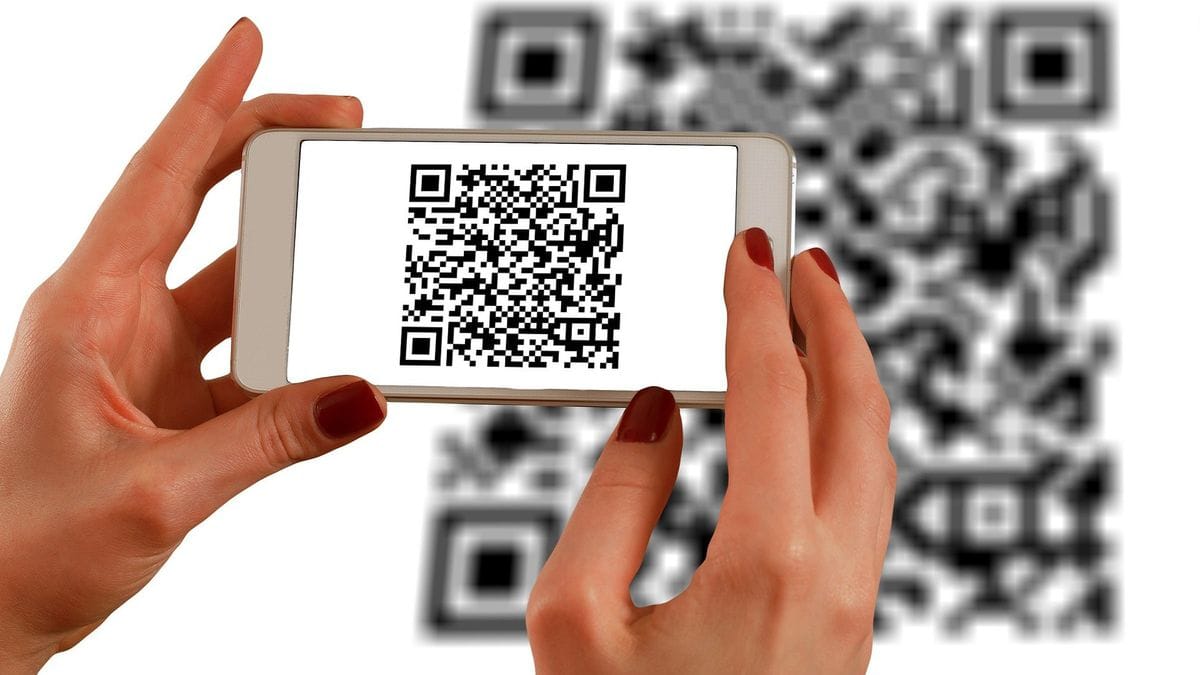
They’re back—and they’re everywhere. Slap a QR code on your flyers, packaging, or even receipts to drive offline audiences into your online funnel.
Pro tip: Make sure it goes somewhere valuable (and mobile-friendly). Nobody wants to scan a code that leads to your homepage with zero context.
Customer Acquisition Techniques (That Actually Work)
Getting a customer’s attention is one thing. Turning that attention into action? That’s where the magic happens. These proven acquisition tactics don’t just look good on paper—they actually bring in results.
Here’s how to win customers and make conversions a habit:
1. SEO (Search Engine Optimization)
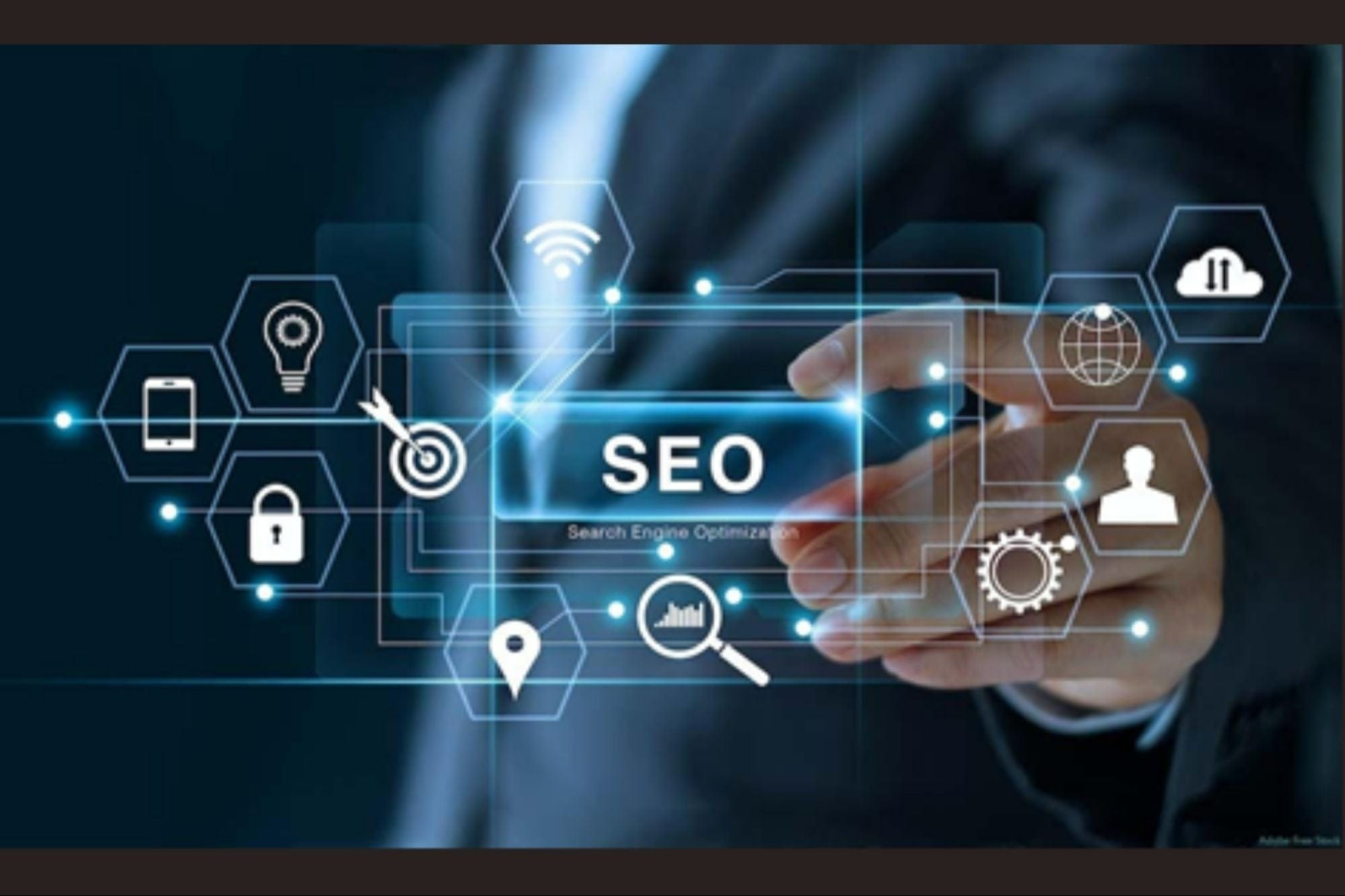
Be the answer people are Googling for. Good SEO means showing up when someone searches for a problem you solve. It builds trust and traffic—without paying for every click.
Pro tip: Create quality content around what your audience is already searching.
2. PPC (Pay-Per-Click)
Fast results, front-page visibility, and traffic on-demand. But it’s not cheap. PPC works best when you’ve got dialed-in targeting, a high-converting landing page, and a clear value prop.
Pro tip: Start small, test aggressively, and don’t “set it and forget it.”
3. Video Marketing
Short, funny, helpful videos win the scroll wars. Whether it’s explainer videos, product demos, or TikToks that don’t take themselves too seriously—video content captures attention and builds connection.
Pro tip: Keep it short, show your personality, and get to the point fast.
4. Sponsored Content
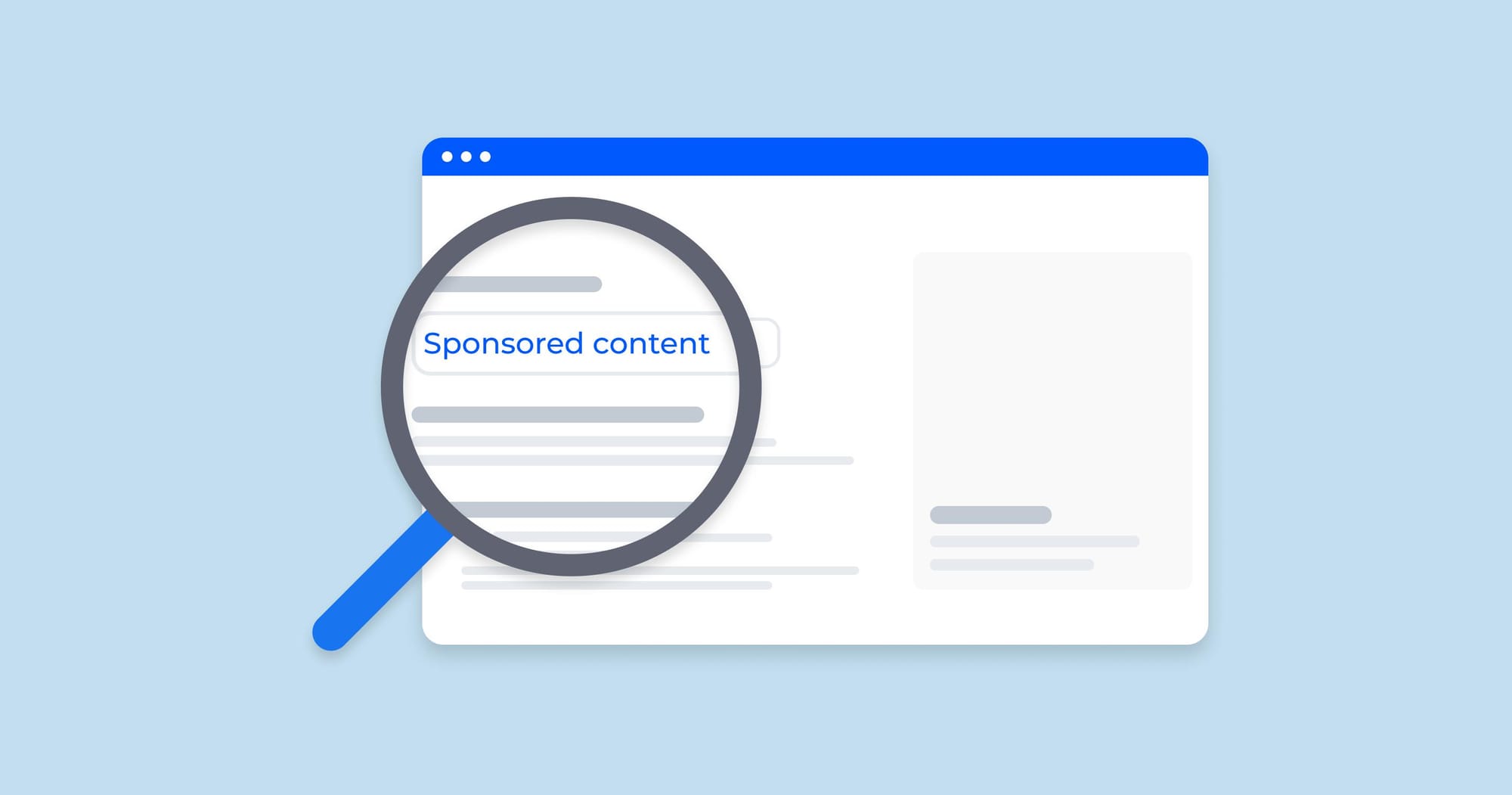
Sometimes the best way to build credibility is to borrow it. Sponsored content lets you show up on trusted sites with a message that feels more like a story than a pitch.
Pro tip: Choose platforms your audience already trusts. The placement matters as much as the content.
5. Gated Content
Want their email? Give them something first. Ebooks, templates, checklists, mini-courses—if it’s valuable and solves a problem, people will hand over their contact info.
Pro tip: Keep the form short, the offer clear, and the delivery instant.
6. Smart Pricing
Pricing is psychology. A well-crafted pricing strategy (think bundles, anchor pricing, or charm pricing) can increase perceived value and reduce friction.
Pro tip: Highlight savings, value, or urgency to nudge decisions in your favor.
7. Free Shipping & Discounts
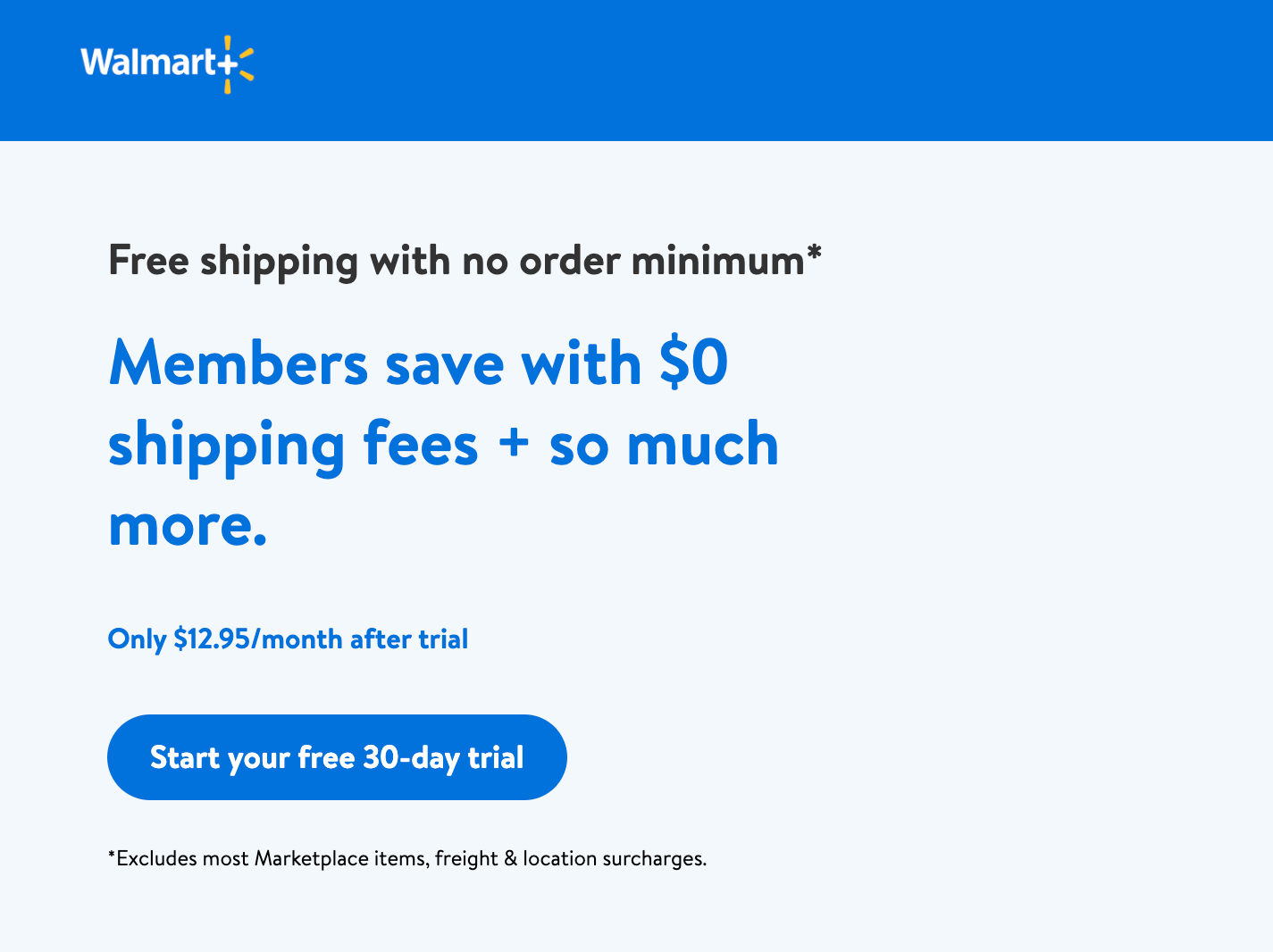
$0 shipping is often the dealbreaker. Combine that with time-limited discounts, and suddenly people are typing in their credit card info like it’s a race.
Pro tip: Be strategic—offer it on thresholds ("Free shipping over $50") to boost average order value.
8. Free Trials
Let them try before they buy. Free trials eliminate risk and help fence-sitters experience the value firsthand.
Pro tip: Add a welcome email series to guide them through the trial. Don’t just hand them the keys—show them how to drive.
Choosing the Right Channels (Without Losing Your Mind)
When it comes to marketing, the right channel can make all the difference between skyrocketing sales and just spinning your wheels. But with so many options out there, how do you decide? The secret is to break it down into clear, manageable steps that ensure you're reaching the right people without breaking the bank or your sanity.
Here’s how to choose your channels like a pro:
1. Identify Your Customer: Who Actually Buys Your Stuff?

Before splurging on every shiny marketing tool, get to know your audience. Who are the people that benefit most from your product or service?
- Actionable Tip: Create detailed buyer personas, including demographics, interests, and pain points.
- Result: This insight directs you to the channels where your ideal customers hang out, ensuring your efforts hit home.
2. Set a Budget: Don't Overspend Chasing Unicorns

Money matters. A well-planned budget prevents you from blowing cash on channels that look flashy but don’t deliver.
- Actionable Tip: Allocate your budget based on expected ROI. Start small, test, and scale what works.
- Result: You’re investing smartly, focusing on channels that promise measurable returns rather than chasing unattainable marketing myths.
3. Clear Goals: Know What Success Looks Like
Without clear objectives, even the best channels can leave you feeling lost. Define what success means for your campaign—whether it’s brand awareness, lead generation, or direct sales.
- Actionable Tip: Set SMART (Specific, Measurable, Achievable, Relevant, Time-bound) goals.
- Result: You’ll have a roadmap to track progress and pivot strategies quickly if something isn’t working.
4. Check the Competition: Don’t Reinvent the Wheel—Just Make It Roll Smoother

A little market research goes a long way. Understand where your competitors are finding success, and learn from their strategies.
- Actionable Tip: Analyze competitors’ channels and tactics. Identify gaps in their approach that you can exploit with your unique value proposition.
- Result: You can position yourself smarter and more effectively, using proven tactics as a springboard for your own innovation.
Offline vs Online: Where Should Your Marketing Dollars Go?
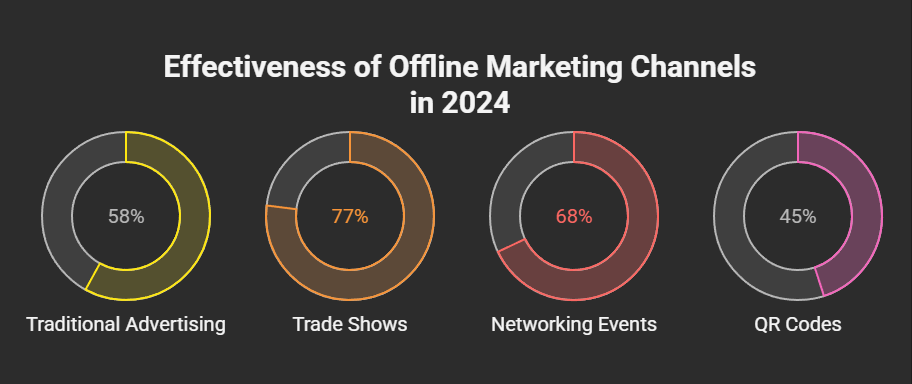
Sure, digital marketing gets all the love these days, but don’t write off offline channels just yet. They can still pack a punch—if they fit your business. Let’s break down some old-school customer acquisition channels, with a modern twist.
1. Traditional Advertising (Yep, It’s Still a Thing)
Newspapers, magazines, TV, and radio aren’t just for your grandparents. Believe it or not, 58% of people trust traditional ads more than online ads (Nielsen, 2024). If your target customers still flip through physical pages or tune in to local radio stations, this might be your jam.
But caution: Traditional ads can drain your budget fast. Do your homework and target placements carefully. Pro tip: local ads might be cheaper and more effective if you're targeting a specific area.
2. Trade Shows and Exhibitions (Face-to-Face Magic)
If you’re in B2B, trade shows are like speed dating for businesses. In fact, 77% of business decision-makers found new suppliers at trade shows in 2024 (EventMarketer). You meet potential customers, build trust quickly, and show off your product directly.
The downside? It can cost an arm and a leg (booth fees, travel, staffing). Budget wisely or share a booth to cut costs.
3. Networking Events (Bring Your Charm)
Networking events aren’t just cocktail parties (though sometimes they are 🍸). They’re your chance to meet potential clients and collaborators. In 2024, 68% of B2B professionals say their most valuable connections came from networking events (LinkedIn Business Insights).
Yes, tickets and travel add up. But don't forget smaller industry meetups or local business groups—cheaper and sometimes just as effective.
4. Billboards and Outdoor Ads (Big Ads, Bigger Risks)
Outdoor advertising can make your brand hard to ignore—especially in busy cities. The problem? It's pricey, and there’s no targeting guarantee. However, with digital billboards becoming mainstream, you can now change ads easily, testing what works without breaking the bank.
5. Cold Calling (Not for the Faint-hearted)
Cold calling feels old-school, but guess what? It’s alive and kicking. Companies using AI-driven calling tools saw a 35% jump in effectiveness in 2024 (HubSpot). Just keep calls short, friendly, and valuable. Nobody likes a robot or pushy salesperson.
6. QR Codes (They’re Actually Cool Now)
The QR code comeback is real. Over 45% of shoppers scanned a QR code in 2024 (RetailDive). It’s easy—slap QR codes on everything: flyers, business cards, menus. Just make sure your website is mobile-friendly; otherwise, you're just annoying people.
LinkedIn for Customer Acquisition: Your New Best Friend

Ever thought LinkedIn was just for job seekers and corporate bragging? Think again. LinkedIn is actually one of the best channels out there for B2B customer acquisition. And why's that? Because LinkedIn is the hangout spot for decision-makers and industry leaders. Basically, the folks who actually sign off on purchases.
And the kicker? Research shows people are 62% more likely to buy from a business they're connected to on LinkedIn. Nice, right?
But here’s the catch—it's not as easy as just throwing up a profile and waiting for customers to roll in. Nope, LinkedIn demands effort.
How to Nail Customer Acquisition on LinkedIn
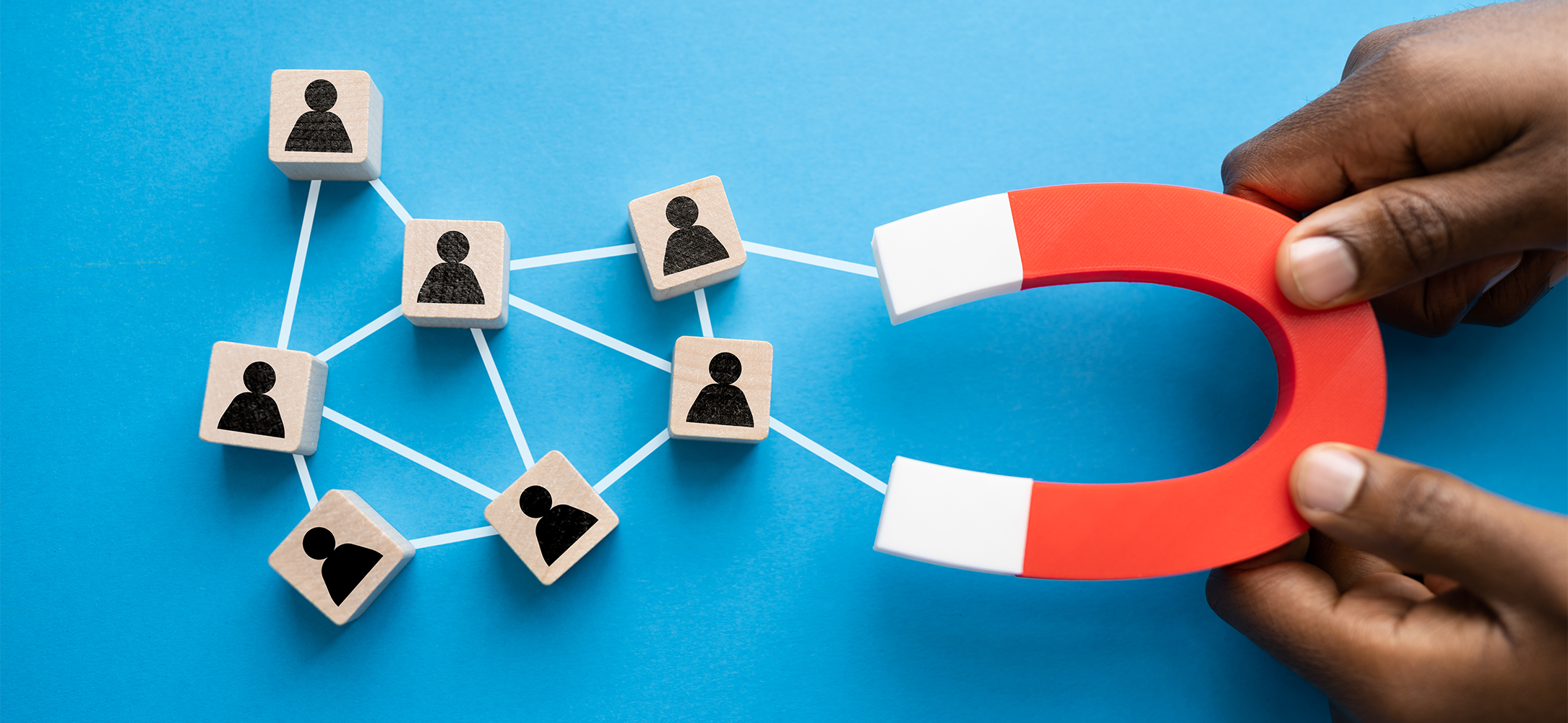
First off, your profile needs to be top-notch. Fill out every section and sprinkle in keywords relevant to your industry. Trust me, LinkedIn's algorithm eats that stuff up. Then, don’t just lurk—actively engage with your connections and jump into conversations in relevant groups.
Content is king here. Regularly posting valuable content positions you as someone worth doing business with. Think actionable advice, useful tips, and a bit of personality thrown in (yes, memes work sometimes too).
But let’s be real—LinkedIn outreach can feel like a full-time job. Visiting profiles, sending connections, following up—who's got time for all that?
Enter sales automation tools like leadplay. These handy tools handle the repetitive stuff, letting you focus on meaningful conversations with potential clients. It’s like having an assistant who doesn't take coffee breaks (or complain).
Calculating Cost Per Acquisition (CPA)
Knowing how much you spend to gain a new customer from each channel matters—a lot. To figure this out, divide your total spending on a specific channel by the number of new customers acquired from it. Simple math, big insights.
Average Customer Acquisition Costs (CAC) by Industry
Wondering if your CAC is normal? Let's talk numbers. As of 2024:
- SaaS companies average around $350 per customer.
- Educational institutes spend about $980 per new student.
- Financial services top the charts, shelling out an eye-watering $1,310 per new customer.
Feeling better yet?
What's a Good CAC Ratio?
Lower is usually better, but "good" CAC depends on things like your profit margins, customer lifetime value (CLV), and churn rate. If your CAC is high, make sure your customers stick around longer than an avocado stays ripe (we’re talking lifetime value here).
For instance, spending $500 to acquire a customer who stays for five years spending thousands can make sense. Spending $500 for someone who ghosts you after a week—not so much.
Acquisition vs. Retention: The Showdown
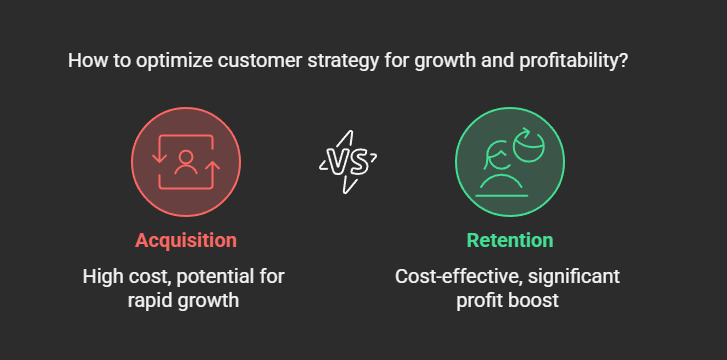
Acquiring new customers is exciting, but it’s expensive. Studies show acquiring a new customer can cost five times more than keeping an existing one. Yikes.
Retention, on the other hand, is the cozy, cheaper sibling. It might not be flashy, but keeping customers around significantly boosts profits. A tiny 5% bump in retention can increase profits by 25-95%. Crazy, huh?
Your best bet? Balance both acquisition and retention. Acquire to grow; retain to thrive.
Marketing vs. Acquisition: What’s the Difference?
Think of marketing as waving and saying "Hey, check us out!" Acquisition is more like sealing the deal with a friendly handshake and saying, "Welcome aboard."
Both matter. Marketing attracts attention, while acquisition converts attention into paying customers. Skip one, and you're stuck.
Wrapping it Up
Choosing the right customer acquisition channels isn't rocket science. LinkedIn, done right, is a golden ticket for B2B marketers.
But don’t stop there. Keep a sharp eye on retention, because the best businesses aren’t just good at winning new customers—they’re great at keeping them.